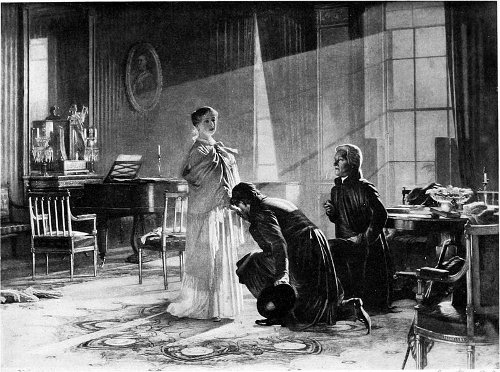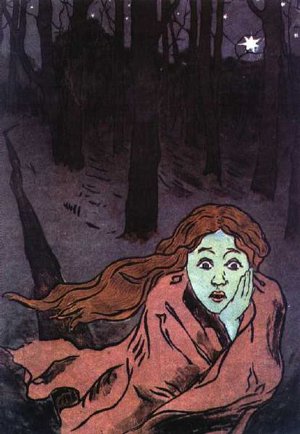
Henry is driving in the countryside with his son. For the boy’s edification, Henry identifies various objects on the landscape as they come into view. ‘That’s a cow,’ says Henry. ‘That’s a tractor,’ ‘That’s a silo,’ ‘That’s a barn,’ etc. Henry has no doubt about the identity of these objects; in particular, he has no doubt that the last-mentioned object is a barn, which indeed it is. Each of the identified objects has features characteristic of its type. Moreover, each object is fully in view, Henry has excellent eyesight, and he has enough time to look at them reasonably carefully, since there is little traffic to distract him.
Given this information, would we say that Henry knows that the object is a barn? Most of us would have little hesitation in saying this, so long as we were not in a certain philosophical frame of mind. Contrast our inclination here with the inclination we would have if we were given some additional information. Suppose we are told that, unknown to Henry, the district he has just entered is full of papier-mâché facsimiles of barns. These facsimiles look from the road exactly like barns, but are really just façades, without back walls or interiors, quite incapable of being used as barns. They are so cleverly constructed that travelers invariably mistake them for barns. Having just entered the district, Henry has not encountered any facsimiles; the object he sees is a genuine barn. But if the object on that site were a facsimile, Henry would mistake it for a barn. Given this new information, we would be strongly inclined to withdraw the claim that Henry knows the object is a barn. How is this change in our assessment to be explained?
— Alvin I. Goldman, “Discrimination and Perceptual Knowledge,” Journal of Philosophy, November 1976




